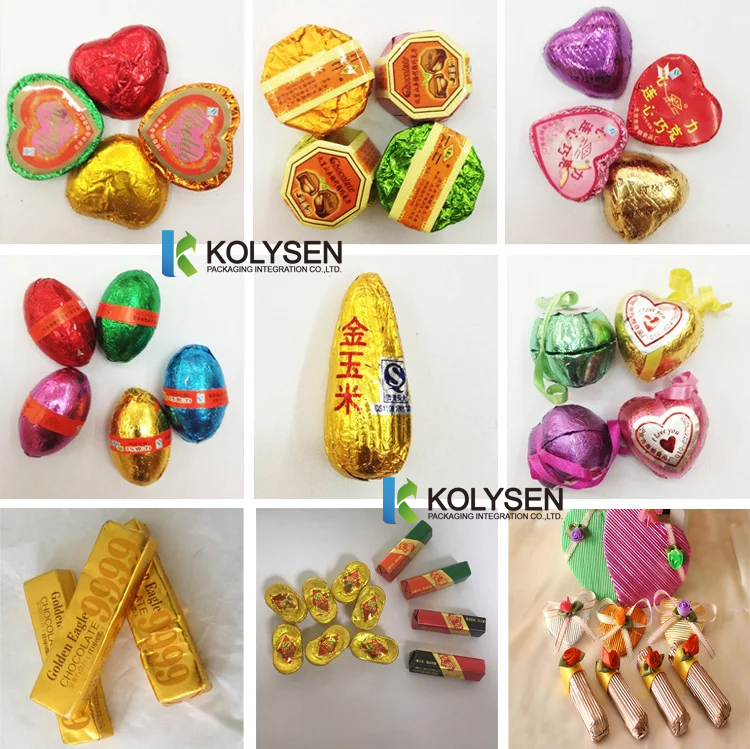
Beijing, December 11, 2024 - With growing global concerns about food safety and environmental protection, the food packaging industry is undergoing profound changes. The shift from traditional plastic packaging to more environmentally friendly materials, to the application of intelligent packaging technology, not only improves the safety and shelf life of food, but also brings a better experience to consumers.
Environmentally friendly packaging has become a mainstream trend
In recent years, with the implementation of policies such as plastic restriction and plastic ban, the alternative demand for plastic packaging in paper packaging has further increased. The state has introduced a number of policies to promote low-carbon degradable paper packaging to replace traditional plastic packaging, and the paper packaging market space is expected to further expand under the support. For example, Xiamen Kolysen Packaging Integration Co., Ltd. Other companies have launched a variety of degradable materials made of food packaging products, such as PLA (polylactic acid), PBAT (polyadipic acid/butylene terephthalate), etc., these materials can be quickly decomposed in the natural environment, reducing environmental pollution.
Intelligent packaging improves user experience
In addition to the application of environmentally friendly materials, intelligent packaging has gradually become a hot spot in the industry. By embedding technologies such as sensors, NFC chips or QR codes, smart packaging can provide real-time monitoring of food freshness, temperature changes and other features to ensure the safety of food throughout the supply chain. In addition, consumers can obtain more information about the product by scanning the QR code on the package and even participate in interactive activities, enhancing the connection between the brand and consumers.
Innovative design appeals to the younger generation
In order to cater to the preferences of young consumers, many brands have begun to pay attention to the design sense and fun of packaging. For example, Oreo launched a frozen cake packaging box, through the pull to open the lid, so that consumers from the use of the process to experience a sense of ritual; Some brands use blind boxes to increase the fun of buying. Such innovative design not only improves the appeal of the product, but also wins more market share for the brand.
Industry data and market outlook
According to the latest data, the global food packaging market size in 2023 is 479.73 billion US dollars, and is expected to grow to 808.4 billion US dollars by 2032. China, as one of the world's largest food packaging markets, is promoting the high-quality development of the industry through technological innovation and policy guidance. It is expected that by 2029, the Asia-Pacific region will account for 43% of the global food packaging market.
Emerging challenges and coping strategies
A recent study revealed that food packaging may contain 68 permanent chemicals (PFAS) that could pose a health risk. Perfluorinated and polyfluoroalkyl substances (PFAS) are a class of synthetic chemicals used in the production of commodities such as non-stick cookware and waterproof clothing. Because the bonds between their carbon and fluorine atoms are so strong, they take hundreds or even thousands of years to break down, and some PFAS have been linked to harmful health outcomes, including cancer, reproductive and immune problems. Regulators around the world are moving in the right direction. For example, the European Union recently proposed banning the use of most PFAS. In February, the U.S. Food and Drug Administration announced that certain oil-repellent materials containing PFAS would no longer be used in food packaging. Manufacturers are also actively looking for safer alternatives to ensure the safety of their products.
Conclusion
Facing the future, the food packaging industry will continue to develop in the direction of green environmental protection, personalized customization, intelligent production and industrial integration. Xiamen Kolysen Packaging Integration Co., Ltd. Leading companies are actively embracing this change and are committed to becoming a model of sustainable development in the industry through continuous technological innovation and service upgrades. We look forward to seeing more companies stand out in the future competition and jointly promote the prosperity and development of the food packaging industry.
Copyright © 2025 Kolysen Packaging Integration Co., Ltd. | All rights reserved
We are here to help you! If you close the chatbox, you will automatically receive a response from us via email. Please be sure to leave your contact details so that we can better assist